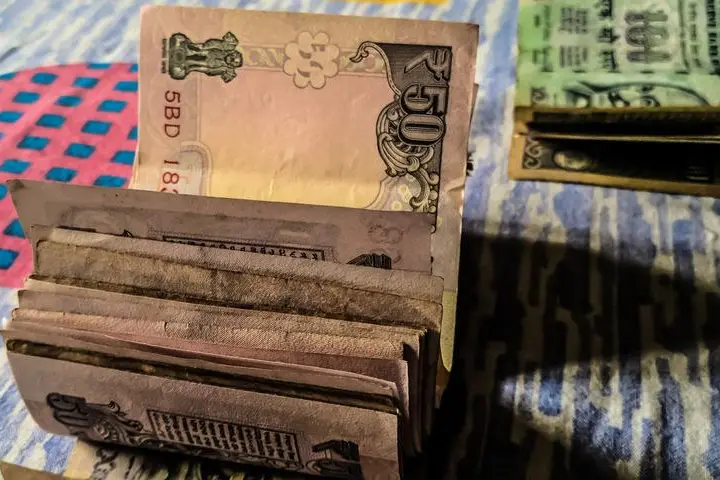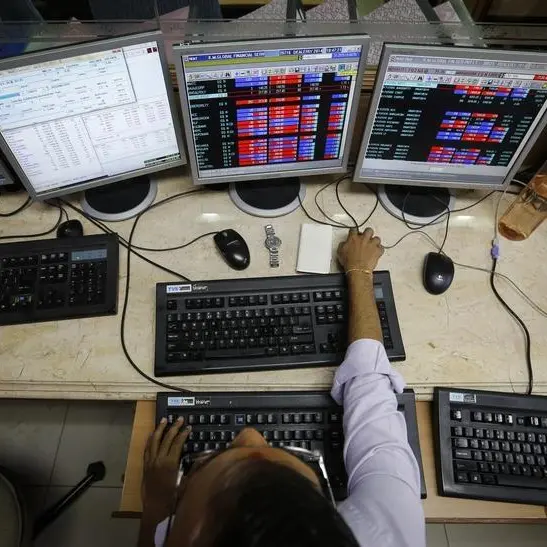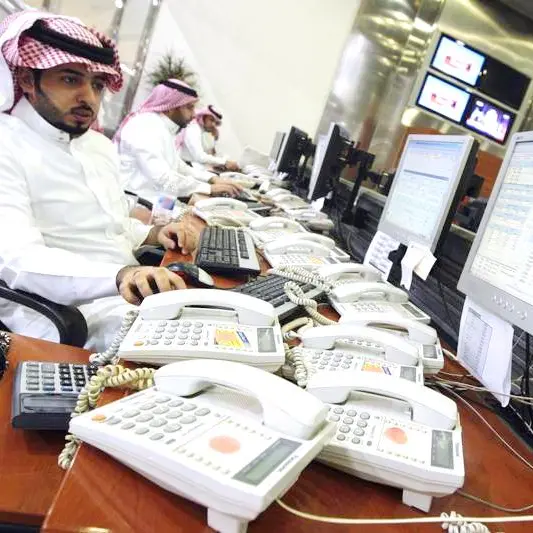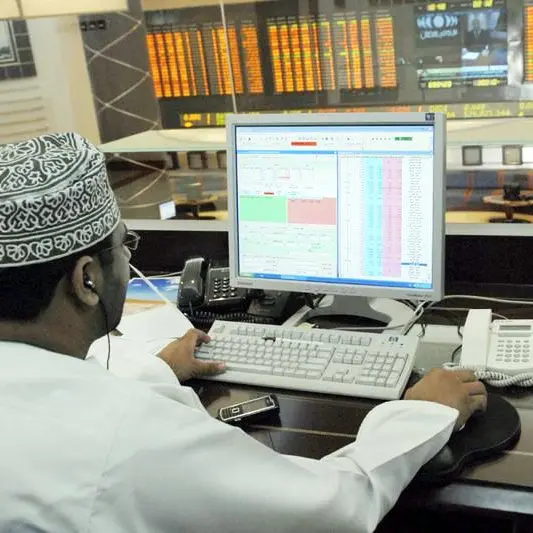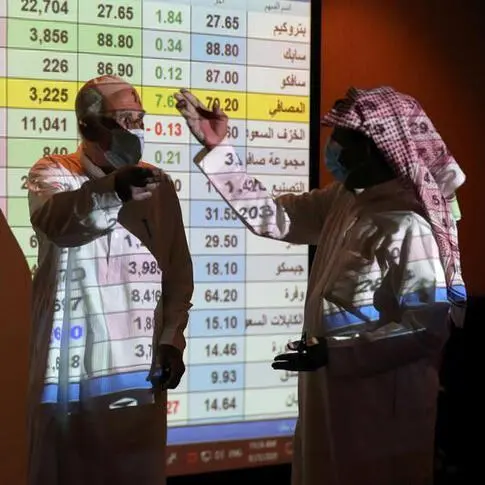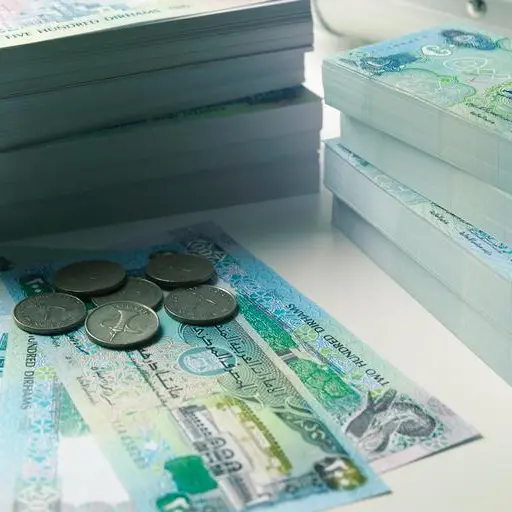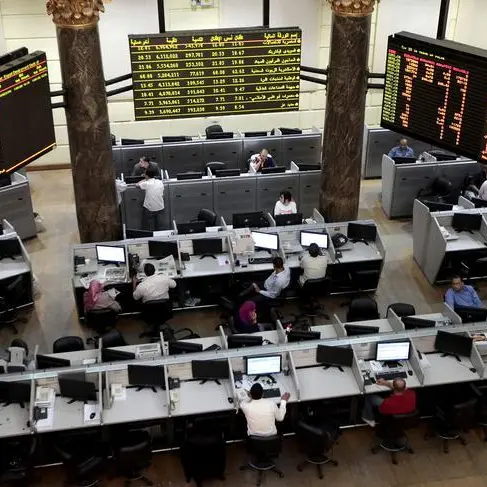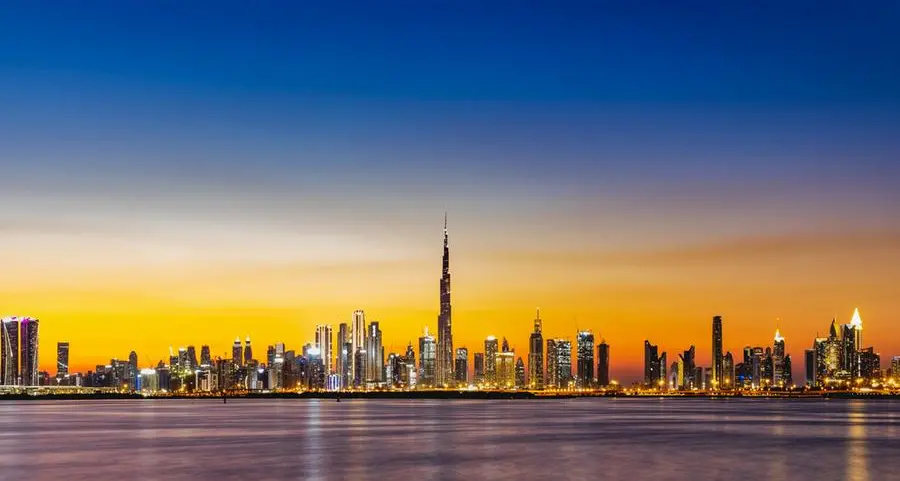PHOTO
Currency traders are expecting further rupee volatility ahead of the country’s general election in April-May, driving up demand for hedging services and potentially increasing profits for traders and speculators, say analysts.
The rupee declined around 10 percent against the dollar across 2018, amid a wider decline in emerging market currencies. The INR hit 74 rupees per United States dollar in October, its lowest ever level, returning to around the 70 per dollar mark by year’s end. In recent days it has continued to slide, hovering at slightly above 71 rupees per dollar.
With general elections set to be held over April-May, the position of Prime Minister Narendra Modi’s governing BJP, once expected to be returned to power, is looking less stable following recent electoral losses in key states, said Pratyush Rao, associate director for India and South Asia at Control Risks.
The most likely scenario still remains a continuation of BJP rule, but the further short Modi’s National Democratic Alliance coalition falls of a majority in the Lok Sabha, the more it will have to cobble together support from a broader spectrum of political parties, many of which are focused on individual states, making it harder for Modi to push through a coherent policy at a national level, said Rao in a phone interview this month.
That political risk is one factor – along with crude oil prices, the health of the U.S. economy and the ongoing trade war between the U.S. and China – that is driving price movements in the rupee, said Lukman Otunuga, a research analyst at FXTM.
“General elections are looming in India, and this election risk is likely to continue, creating a sense of uncertainty, and in times of uncertainty, investors are seen offloading the rupee, which is an emerging market currency, for other safer currencies,” Otunuga said in a telephone interview on January 10.
While there were expectations that the rupee would rebound coming into 2019, especially considering that the dollar weakened towards the end of 2018, the rupee is currently down more than 1 percent for the year against the dollar, said Otunuga, something he ascribes to “pre-election jitters”.
“The rupee, when compared with some of the other currencies in Asia, still remains one of the sick men,” he said.
In Dubai, volatility may be welcomed by traders, with sharper movements offering more opportunities for profit. The Dubai Gold and Commodities Exchange (DGCX) is the largest pool of liquidity for the rupee outside of India, and last year around $396bn of rupee futures contracts were traded on the exchange, up 25 percent from 2017.
Trading futures contracts has various uses, including for importers and exporters who use them to hedge against currency risks. Pradeep Unni, head of trading & research at Richcomm Global Services, which provides services to commodity companies, said that it saw additional demand for hedging from its clients during the second half of last year as well as increased volumes of new inquiries, with the trade war and other economic factors driving volatility in key currencies, including the rupee.
“Following the trade war trigger, clients don’t want to take any risks”, said Unni. “Clients don’t want to lose their profit just because of an overnight currency movement.”
For a buyer of gold, that can mean hedging their currency exposure as soon as the purchase is made, even if this is just during an 8-10 hour flight to Dubai before it is sold on the exchange, said Unni.
“Even during the transportation time they’re not willing to take a risk. As soon as they collect in Africa, they hedge the gold with us. Then when they sell the gold, they unlock the hedge,” he explained.
Another contributor to DGCX rupee volumes are currency arbitrage desks, which seek out differences between contract values on the DGCX and the three main exchanges in India – the National Stock Exchange (NSE), Bombay Stock Exchange and the Multi Commodity Exhange of India (MCX).
With the rupee futures products standardised between all exchanges, any price differences are immediately obvious, making arbitrage essentially “risk-free”, said Pankaj Gupta, associate director at SMC Comex.
Currency arbitrage desks are normally able to produce around 14-15 percent in net profits each year, but there are, however, significant capital requirements – a corporate looking to establish a desk should bring with it at least $500,000 in addition to the set up costs, said Gupta in a telephone interview last week.
Profits for traders, speculators and arbitrageurs can rise and fall with the rupee’s volatility – in the second half of last year there was an increase in divergent pricing between onshore and the offshore currency future contracts, said Unni. “At times of greater volatility there will be greater mismatches.”
India’s no Turkey
Economists don’t expect India to suffer the same fate as Turkey last year, which saw a dramatic currency depreciation due to sustained pressure from international investors in the lead up to its presidential election in 2018. That was driven by concerns over political interference in the central bank, as well as the country’s massive amount of foreign exchange-denominated corporate debt.
There are some concerns in India around central bank independence, said FXTM’s Otunuga. These rose after the Reserve Bank of India’s former governor, Urjit Patel, abruptly resigned on December 10, causing a ‘flash crash’ in the rupee. “This is something that investors will be heavily looking towards,” said Otunuga.
Nevertheless, political attempts to influence monetary policy in India “have not been anywhere near as overt” as they were in Turkey, said Shilan Shah, senior India economist at Capital Economics.
Meanwhile, India’s current account deficit is largely under control, forecast to be 2.5 percent of GDP in 2019 – compared with 5 percent of GDP in 2013, when the country experienced a currency crisis, said Sameer Narang, chief economist at the Bank of Baroda.
With India’s economic growth essentially driven by domestic factors rather than exports, that deficit should remain comfortable as long as oil stays under $70 a barrel, with energy India’s main import, Narang said in a telephone interview last week.
One area of political risk for Modi is rural discontent about lack of participation in the country’s recent economic gains, said Rao. Given the amount of the population dependent on farming in India, this is expected to be addressed with a pre-election rural stimulus, said Narang. “If a large rural stimulus does happen, it may put some temporary pressure on the INR,” he said.
But the rupee could still be in for a rough ride in 2019 along with other emerging market currencies, believes Shah, with Capital Economics forecasting that the S&P 500 will end this year down around 10 percent. Historically, falls in the U.S. equity market have led to declines in emerging market currencies, said Shah in a telephone interview last week. “We don't think that this time will be any different.”
Otunuga argues that weakness in the U.S. economy could actually benefit the rupee. He also has a bearish outlook on the U.S. economy, pointing out that its major growth driver last year was fiscal stimulus, while the outlook for the manufacturing sector remains a concern due to trade tensions, and the lagged impact of four interest rate rises last year is likely to be felt in Q1 this year, he believes.
“If the U.S. economy (is) potentially decelerating, and the Fed has already made it known to markets that they're going to take a pause in raising interest rates, of course this is very good news for the Indian economy,” he said.
With robust consumption and investment growth, the fundamentals of the Indian economy could also help the rupee strengthen, believes Otunuga. “If investors look deeper into the health of the Indian economy, and realise that India is actually doing quite well compared with other emerging markets, supporting appetite for the rupee, the USD-INR has the potential to actually sink back towards the 69 region,” Otunuga said.
However the currency remains threatened by election uncertainty, global growth fears and geopolitical risk factors, said Otunaga in emailed comments last week.
“If risk aversion becomes a dominant market theme and appetite for emerging market currencies diminish, the USD/INR has scope to test 72.00 and 72.96.”
(Reporting by Stian Overdahl; Editing by Michael Fahy)
Our Standards: The Thomson Reuters Trust Principles
Disclaimer: This article is provided for informational purposes only. The content does not provide tax, legal or investment advice or opinion regarding the suitability, value or profitability of any particular security, portfolio or investment strategy. Read our full disclaimer policy here.
© ZAWYA 2019
